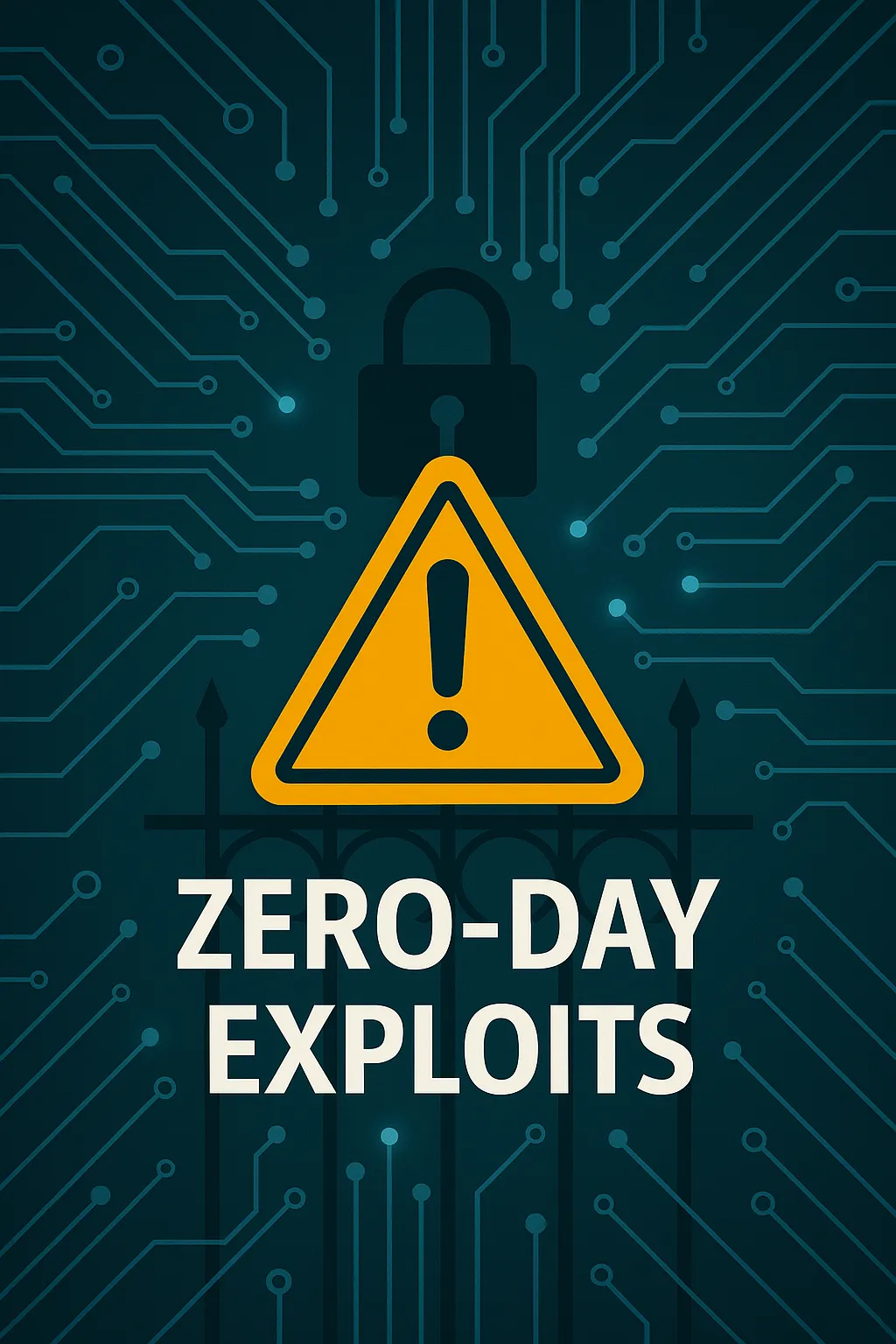Unveiling the Shadows: Understanding Zero-Day Exploits
In the ever-evolving landscape of cybersecurity, zero-day exploits represent some of the most daunting challenges that IT professionals and organizations face. These exploits are cyber threats that take advantage of a previously undiscovered vulnerability in software or hardware, leaving developers scrambling to patch the flaw after it’s already been exploited. This article dives deep into what zero-day exploits are, how they operate, and what you can do to protect against them.
What Is a Zero-Day Exploit?
A zero-day exploit occurs when hackers take advantage of a security hole in a software, which is unknown to the software maker or to antivirus vendors. This kind of vulnerability is incredibly valuable to malicious actors because it means that there are no existing defenses against their attack. According to IBM, a zero-day exploit might target any aspect of cybersecurity - from software platforms to hardware components (IBM).
Examples and Impacts of Zero-Day Exploits
The real-world impact of zero-day exploits can be devastating. High-profile attacks, such as the Stuxnet worm which targeted Iranian nuclear facilities, and the more recent Microsoft Exchange hacks, underline the destructive capabilities of these vulnerabilities. These attacks not only cause immediate disruption but also have long-lasting security and financial repercussions for the affected parties.
How Do Zero-Day Exploits Spread?
Zero-day exploits can spread in various ways. Phishing emails, malicious website advertisements, and compromised downloads are common methods used by attackers. As explained by CrowdStrike, once a vulnerability is found, attackers can implant malicious software that takes advantage of this exploit to execute harmful actions on the victim's system (CrowdStrike).
Protecting Yourself Against Zero-Day Threats
Protection against zero-day exploits requires proactive and comprehensive strategies. Regular software updates, advanced threat detection systems, and cybersecurity awareness training are crucial. Employing robust security solutions that include behavior-based detection can help flag unusual activity before it results in a breach.
Conclusion: Staying One Step Ahead
Staying ahead of zero-day exploits is about vigilance and preparation. By understanding the nature of these threats and implementing strong preventive measures, organizations can defend themselves against potentially crippling cyber attacks.
This comprehensive understanding of zero-day vulnerabilities showcases not only the urgency of addressing them but also guides users and administrators on how to fortify their defenses effectively.

